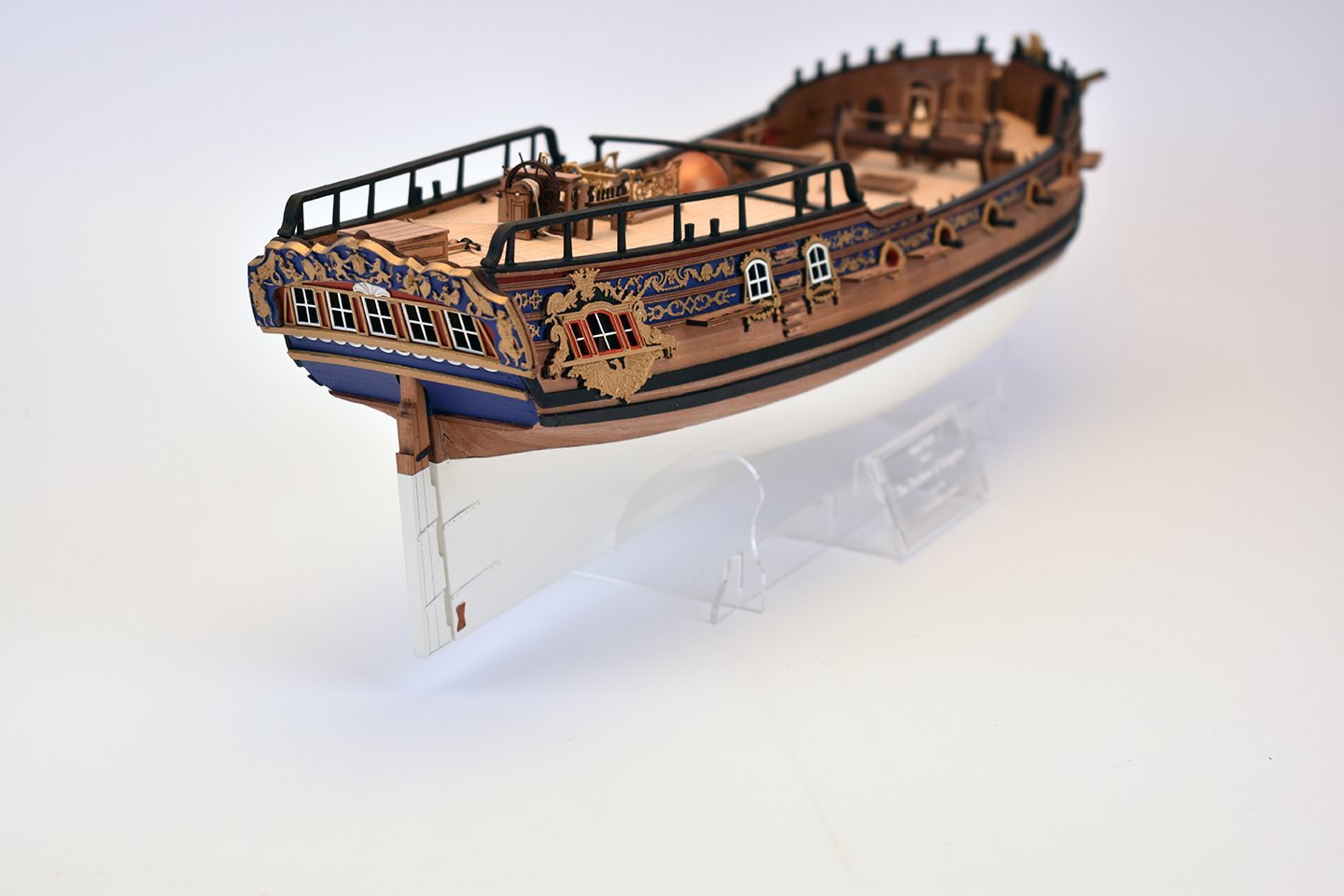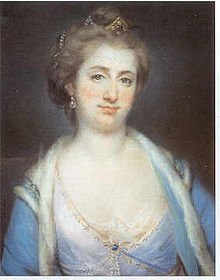-
Posts
3,563 -
Joined
-
Last visited
Content Type
Profiles
Forums
Gallery
Events
Everything posted by yvesvidal
-
Kevin, What is the exact purpose of these two cables ending on the front winch? Thanks Yves
-
What a lovely kit again from Vanguard Models. James, you did not post a picture of the finished model and I hope you do not mind me doing it: and for historical accuracy, the lady that inspired and gave her name to that beautiful vessel: Now, how many hours have a day for you James? It seems that you are faster than FLASH and Superman re-united in your endeavor. Yves
- 117 replies
-
- vanguard models
- yacht
-
(and 2 more)
Tagged with:
-

Porsche 934 by kpnuts - FINISHED - Tamiya - 1/12 - PLASTIC
yvesvidal replied to kpnuts's topic in Non-ship/categorised builds
Kent, this is fantastic. Yes, this is too nice a booth to have the typical "pin-ups" calendar...... The model is fantastic and when I showed it to my girlfriend, she thought it was a real car. I can see a first Prize somewhere at the next exhibit. Yves -

ancre Coureur by cafmodel - 1/48
yvesvidal replied to cafmodel's topic in - Build logs for subjects built 1751 - 1800
This is going to be a fantastic kit. Will it be available in the USA or only for the European market, at first? Will the price be comparable to the other CAF models kits? Thanks Yves -
Excellent choice of model and building the motored version will be a refreshing change from the many sailed implementations on this forum. For the figures, you have plenty of choices with the world of 1/35th figures, which is pretty much limitless. Sometimes, having the figures a tiny bit smaller than the scale of the boat helps, as figures tend in general to be slightly oversized. I, like many others, am looking forward to seeing your diorama. Yves
-
Kevin, Your yawl looks gorgeous. The blue is surprising on such boat, but so beautiful on your model. Dorade is definitely one of my favorite boats and it has such pedigree. Yves
-
These baskets are superb. Now, you must build some herrings..... 😉 Yves
- 195 replies
-
- lady eleanor
- vanguard models
-
(and 1 more)
Tagged with:
-
Very cool piece that you built: Le hangar des hydravions. Yves
- 136 replies
-
- strasbourg
- finished
-
(and 2 more)
Tagged with:
-

Porsche 934 by kpnuts - FINISHED - Tamiya - 1/12 - PLASTIC
yvesvidal replied to kpnuts's topic in Non-ship/categorised builds
It is such a detailed model that your idea to present it partially disassembled, is excellent. Yves -
I meant to say that they used metal parts in the original kit (instead of plastic parts) as a way to charge more money. I am glad that they are replacing the defective parts for free. This is good service. Yves
- 64 replies
-
- yamato
- deagostini
-
(and 2 more)
Tagged with:
-
Maybe as a way to charge more for the parts.... Yves
- 64 replies
-
- yamato
- deagostini
-
(and 2 more)
Tagged with:
-
Superb model. There is a lot of beauty in these small crafts, and your model is a masterpiece. Yves
- 39 replies
-
- northeaster dory
- chesapeake light craft
-
(and 1 more)
Tagged with:
-
Superb parts. How much were these, if it is not indiscreet to ask? Yves
- 136 replies
-
- strasbourg
- finished
-
(and 2 more)
Tagged with:
-
You got some very nice pictures and that kit, in your hands, is going to be another masterpiece. Yves
- 136 replies
-
- strasbourg
- finished
-
(and 2 more)
Tagged with:
-
Very nice results. This kit is almost impossible to paint, since everything is molded in one part. You did a great job. Yves
-
The Build Log can be found here: Yves
-

Porsche 934 by kpnuts - FINISHED - Tamiya - 1/12 - PLASTIC
yvesvidal replied to kpnuts's topic in Non-ship/categorised builds
Fantastic diorama KPNuts. You are aiming for a first prize at the next show and you will get it. Yves -
Grant, excellent description on the wheels assembly. Thank you for summarizing and extracting the quintessential wisdom of Paul's guide. It is indeed a strong departure from the Pocher instructions, and I can still feel the pain of assembling one wheel (I stopped after that). I will definitely use your technique (and Paul's guide) when I return to this kit. Your model looks stupendous. You can be proud of you, and this steering wheel is only asking to be handled. Yves
About us
Modelshipworld - Advancing Ship Modeling through Research
SSL Secured
Your security is important for us so this Website is SSL-Secured
NRG Mailing Address
Nautical Research Guild
237 South Lincoln Street
Westmont IL, 60559-1917
Model Ship World ® and the MSW logo are Registered Trademarks, and belong to the Nautical Research Guild (United States Patent and Trademark Office: No. 6,929,264 & No. 6,929,274, registered Dec. 20, 2022)
Helpful Links
About the NRG
If you enjoy building ship models that are historically accurate as well as beautiful, then The Nautical Research Guild (NRG) is just right for you.
The Guild is a non-profit educational organization whose mission is to “Advance Ship Modeling Through Research”. We provide support to our members in their efforts to raise the quality of their model ships.
The Nautical Research Guild has published our world-renowned quarterly magazine, The Nautical Research Journal, since 1955. The pages of the Journal are full of articles by accomplished ship modelers who show you how they create those exquisite details on their models, and by maritime historians who show you the correct details to build. The Journal is available in both print and digital editions. Go to the NRG web site (www.thenrg.org) to download a complimentary digital copy of the Journal. The NRG also publishes plan sets, books and compilations of back issues of the Journal and the former Ships in Scale and Model Ship Builder magazines.




